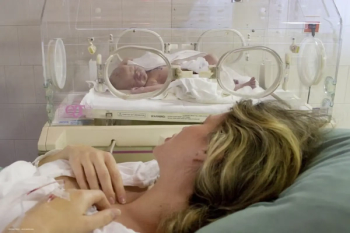
CXL therapy benefits patients with progressive keratoconus
Collagen crosslinking (CXL) in patients with progressive keratoconus was found to be effective after 2 years in improving uncorrected distance visual acuity (UDVA), corrected distance visual acuity (CDVA), topographic metrics, and most corneal higher-order aberrations, according to a study published in Cornea: The Journal of Cornea and External Disease. Researchers noted that there was a significant reduction in apical keratometry, which directly correlated with improvements in visual acuity
Collagen crosslinking (CXL) in patients with progressive keratoconus was found to be effective after 2 years in improving uncorrected distance visual acuity (UDVA), corrected distance visual acuity (CDVA), topographic metrics, and most corneal higher-order aberrations, according to a study published in Cornea: The Journal of Cornea and External Disease. Researchers noted that there was a significant reduction in apical keratometry, which directly correlated with improvements in visual acuity.
For this prospective case series, researchers included 42 eyes from 32 patients who had progressive keratoconus treated with CXL. Main outcomes measured at baseline, 6 months, 12 months, and 24 months after treatment were UDVA, CDVA, refractive changes, topographic data, and corneal aberrations.
At 2 years post-CXL treatment, UDVA, CDVA, and spherical equivalents all improved significantly (P P P P P
Aberration analyses showed significant reductions in coma (P = 0.016), trefoil (P = 0.018), secondary astigmatism (P P = 0.031), secondary coma (P P = 0.001). Corneal higher-order aberrations, except quatrefoil, all showed significant correlation with postoperative CDVA, with the highest occurring with coma (rho = 0.703; P P = 0.001), and total HOA (rho = 0.487; P = 0.001.
Higher-order aberrations, however, were not statistically associated with improved visual acuity. Reductions in apical keratometry was the only post-treatment variable associated with improvement in CDVA (rho = 0.319; P = 0.042).
For view a copy of the abstract of this study, click
Newsletter
Get the essential updates shaping the future of pharma manufacturing and compliance—subscribe today to Pharmaceutical Technology and never miss a breakthrough.












































